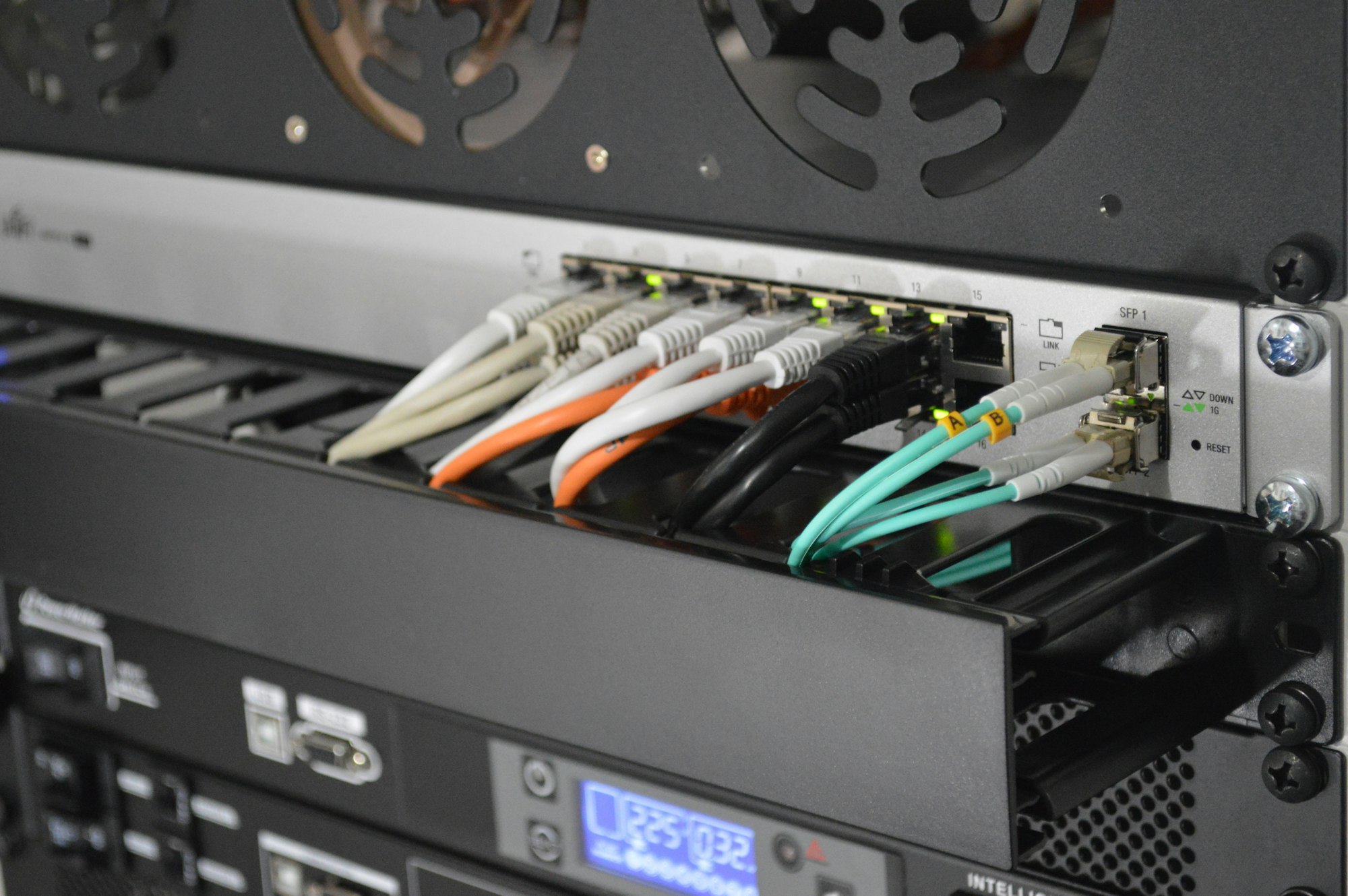Flirting with the Enemy(?)
Our hero buys himself a Cisco switch, and doesn't regret it.

It's probably fairly self-evident that I don't have a typical home network. It's also safe to assume that most of my readership has fairly involved home networks. Note that when I say "involved" I don't mean "full of devices" (although that is the case). Rather, I mean it's not one big flat network with DHCP offered up by my ISP's router across a single broadcast domain.
Like a true network engineer – although I hesitate to call myself a true network engineer, since this has not been my vocation before 128 Technology – I've deployed my home network using some good design practices. I've separated my "trusted" wifi from my guest wifi, put all of my IoT devices onto their own segment, and created routing segmentation for each of the distinct user populations. Most recently, as I mentioned in my last blog post, I've carved out a DMZ to host internet-facing services. (This blog you're reading is one of those services.) This last change was the impetus for the purchase of a new piece of gear: an enterprise-grade Cisco switch. (The SG350-28, if you're curious.)
I've never been a Cisco guy. Aside from some brief dealings with Cisco switching back in the early 2000s, I've never had much calling to learn IOS or study for a CCNA. But as someone in the networking industry, I obviously cannot help but be inundated with Cisco-influenced feature requests, marketing language, and comparative analysis. When the consumer-grade managed switches I'd been using (Netgear, mostly) proved to be a bit too inflexible to do the jobs I needed them to, I went straight to the belly of the beast and bought a Cisco switch. It didn't hurt that it got a glowing endorsement from a colleague whose opinion I trust.
So now I get to design my own Cisco switching configuration. Sure, it's just one switch, but it's a start. The journey begins...